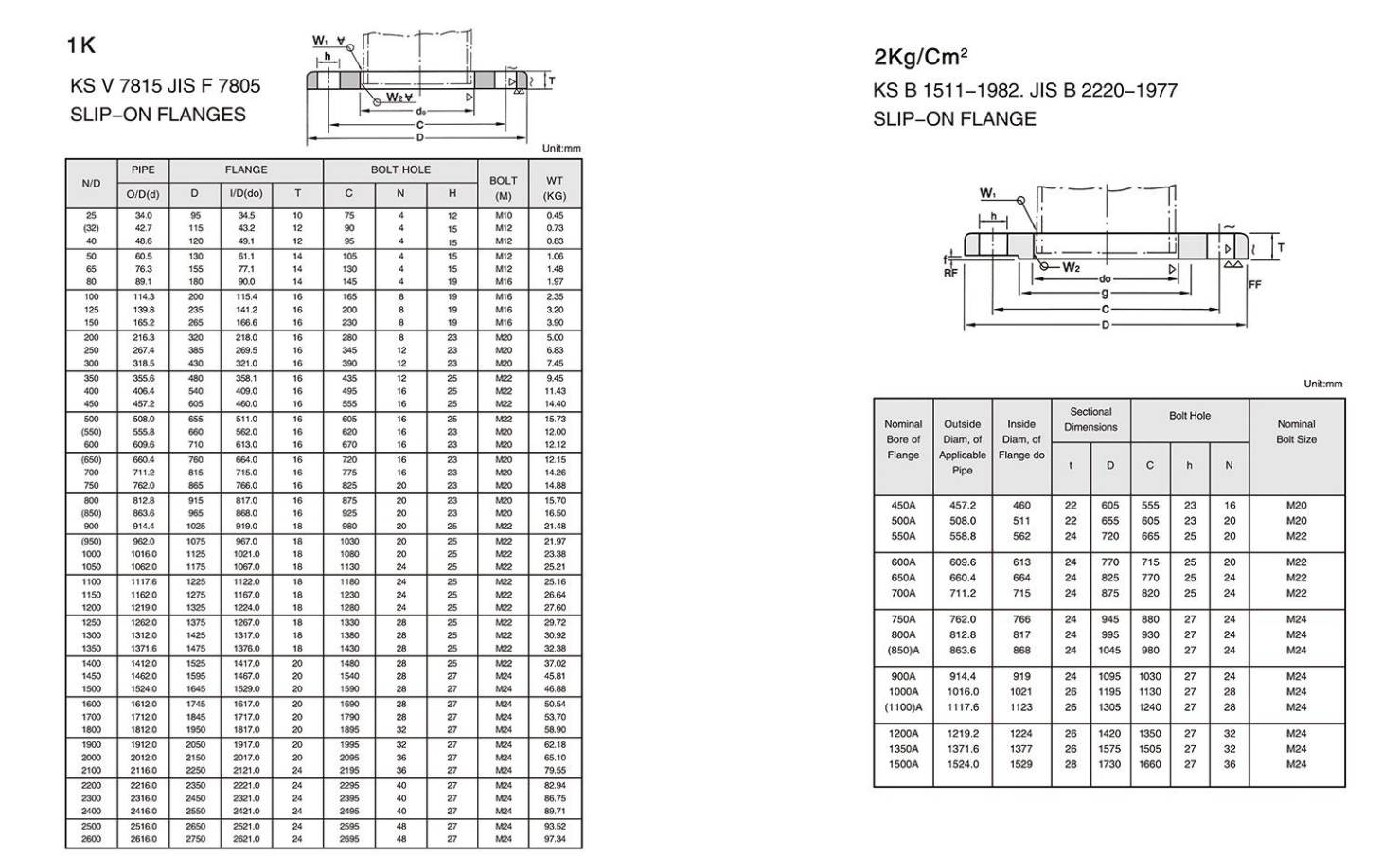-
Cangzhou Yulong Steel Co., Ltd.
-
Phone:
+86 13303177267 -
Email:
admin@ylsteelfittings.com
- English
- Arabic
- Italian
- Spanish
- Portuguese
- German
- kazakh
- Persian
- Greek
- French
- Russian
- Polish
- Thai
- Indonesian
- Vietnamese
- Zulu
- Korean
- Uzbek
- Hindi
- Serbian
- Malay
- Ukrainian
- Gujarati
- Haitian Creole
- hausa
- hawaiian
- Hebrew
- Miao
- Hungarian
- Icelandic
- igbo
- irish
- Japanese
- Javanese
- Kannada
- Khmer
- Rwandese
- Afrikaans
- Albanian
- Amharic
- Armenian
- Azerbaijani
- Basque
- Belarusian
- Bengali
- Bosnian
- Bulgarian
- Catalan
- Cebuano
- China
- China (Taiwan)
- Corsican
- Croatian
- Czech
- Danish
- Esperanto
- Estonian
- Finnish
- Frisian
- Galician
- Georgian
- Kurdish
- Kyrgyz
- Lao
- Latin
- Latvian
- Lithuanian
- Luxembourgish
- Macedonian
- Malgashi
- Malayalam
- Maltese
- Maori
- Marathi
- Mongolian
- Myanmar
- Nepali
- Norwegian
- Norwegian
- Occitan
- Pashto
- Dutch
- Punjabi
- Romanian
- Samoan
- Scottish Gaelic
- Sesotho
- Shona
- Sindhi
- Sinhala
- Slovak
- Slovenian
- Somali
- Sundanese
- Swahili
- Swedish
- Tagalog
- Tajik
- Tamil
- Tatar
- Telugu
- Turkish
- Turkmen
- Urdu
- Uighur
- Welsh
- Bantu
- Yiddish
- Yoruba

Nov . 13, 2024 04:10 Back to list
tee butt weld
Tee Butt Weld A Comprehensive Overview
In the realm of welding, the term tee butt weld refers to a specific joint configuration in which two pieces of material are joined together to form a T shape. This method is commonly employed in various industries, including construction, manufacturing, and piping, where the strength and integrity of the joint are paramount. Understanding the intricacies of tee butt welding is essential for ensuring high-quality welds and overall project success.
The tee butt weld is characterized by its unique configuration, where one piece (the stem) is perpendicular to the other piece (the base). The weld is executed on the joint where these two pieces meet, providing a robust connection that can withstand significant stresses. The design allows for efficient load distribution, making it ideal for structural applications, such as in the creation of frameworks and piping systems.
One of the primary advantages of the tee butt weld is its ability to offer substantial mechanical strength. When executed correctly, the weld can create a joint that rivals the strength of the parent material. This is particularly crucial in applications where safety and durability are non-negotiable. Furthermore, the tee butt weld can be used with various materials, including steel, stainless steel, and aluminum, providing versatility across different projects.
tee butt weld

The welding process for a tee butt weld generally involves several techniques, including shielded metal arc welding (SMAW), gas tungsten arc welding (GTAW), and gas metal arc welding (GMAW). Each method offers distinct benefits, such as the ability to weld in various positions and environments. The choice of welding technique often depends on factors such as material type, joint thickness, and the specific conditions of the welding environment.
Preparation is critical in achieving a successful tee butt weld. The edges of the materials must be meticulously prepared to ensure proper fit-up and penetration. This includes removing any contaminants, ensuring a clean surface, and, in some cases, beveled edges to facilitate better fusion during the welding process. Proper alignment of the materials is also essential to avoid misalignment during the welding operation, which can lead to weaknesses in the joint.
Post-welding procedures, such as inspection and testing, are vital to ensure the integrity of the tee butt weld. Non-destructive testing methods, such as ultrasonic testing or radiographic testing, can help detect any imperfections that may compromise the weld's strength. These inspections are crucial in industries where safety is a priority, as they help identify potential failures before they result in catastrophic consequences.
In conclusion, the tee butt weld is a foundational technique in welding that provides numerous benefits across various industries. By understanding its characteristics, advantages, and best practices, welders can ensure the production of strong, reliable joints that meet the demands of their specific applications. Investing time in mastering tee butt welding techniques can lead to enhanced craftsmanship and improved project outcomes.
Latest news
-
ANSI 150P SS304 SO FLANGE
NewsFeb.14,2025
-
ASTM A333GR6 STEEL PIPE
NewsJan.20,2025
-
ANSI B16.5 WELDING NECK FLANGE
NewsJan.15,2026
-
ANSI B16.5 SLIP-ON FLANGE
NewsApr.19,2024
-
SABS 1123 FLANGE
NewsJan.15,2025
-
DIN86044 PLATE FLANGE
NewsApr.19,2024
-
DIN2527 BLIND FLANGE
NewsApr.12,2024
-
JIS B2311 Butt-Welding Fittings LR/SR 45°/90° /180°Seamless/Weld
NewsApr.23,2024











